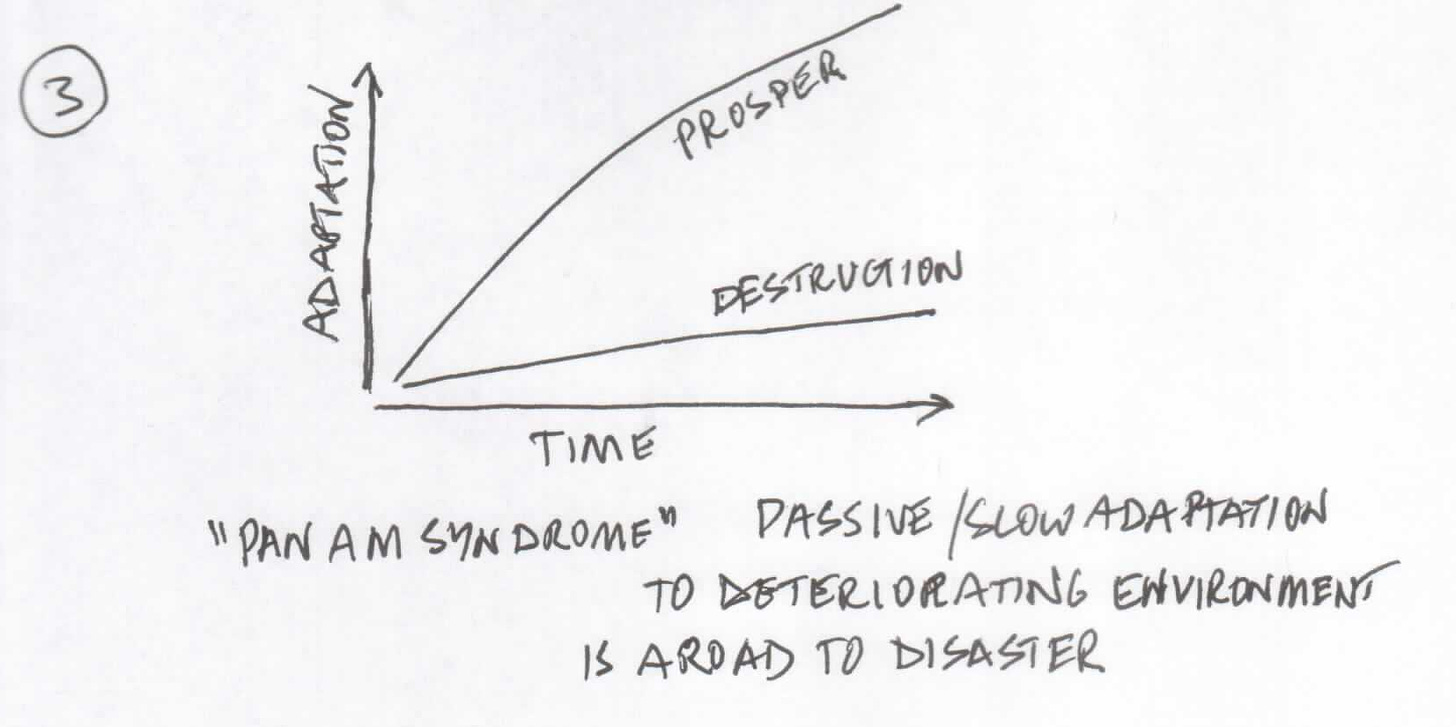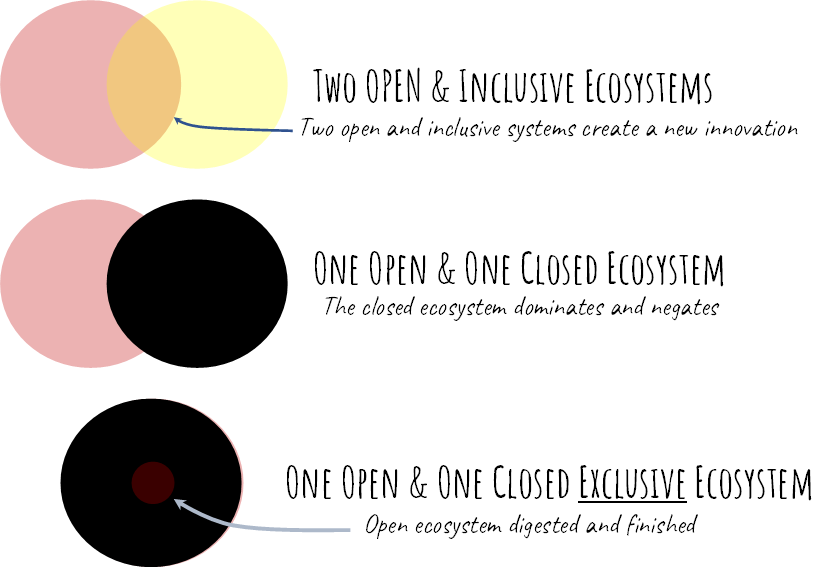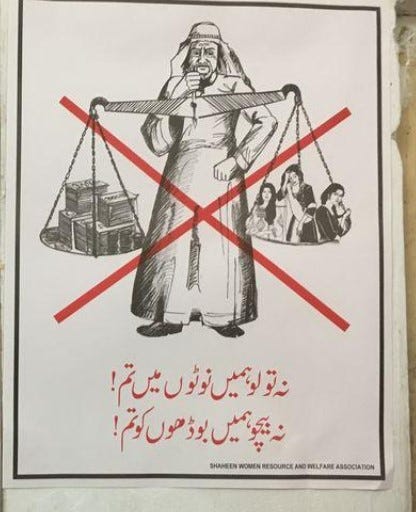Insightful newsletter of Drishtikone: Issue #107 - Social systems & Politics; why this Sushant-Kolaveri di?

“It is our choices, Harry, that show what we truly are, far more than our abilities.”
― J.K. Rowling, Harry Potter and the Chamber of Secrets
When the Europeans landed on the North American shores, the natives here did not suspect them. They helped them, ironically called Pilgrims, to tide away from the winters. When the winters were over and the Europeans had adjusted, they started the purge. A purge of those very folks who welcomed them and helped them.
The natives in the Americas did not realize that outsiders could at once be so evil and ruthless at the same time.
In the ensuing battles and wars, the numbers of the community eventually started changing in proportion. When the inflection point came, this land saw a qualitative change.
From alignment with nature, it paved the way for a world where nature was exploited. Where harmony was practiced, aggression became the norm.
How did the natives in North America, South America, Australia/New Zealand, Europe itself in the 300s and in many places in small Pacific islands, not even realize the nature and intensity of the aggression and violence that some humans brought along with them?
Even when continued for so long, why did they not meet the evil and the challenge head-on?
Because their adaptation was passive. They believed in some aspect of goodness of humanity that their aggressors may have, which was curiously absent. Until the complete annihilation of the natives was achieved.
Sometimes one wonders - should they have been alarmed? Should they have pushed themselves to fully grasp the danger they had come to face? Would that have helped them be more ruthless in defending themselves and at the very least saved some aspect of ancient wisdom that humanity lost forever?
There is an inherent passivity in the “goodness and peace” narrative. When you are in a battle, it is imperative that one realized that there is a battle at hand, first!
And then gauge the intensity of the challenge one is faced with. Is the adversary simply a “closed” player or a “closed and exclusive” one? The scenarios one faces will be very different.
Social Systems and Dynamics - interesting observations and lessons
In a society, understanding the emergent properties (properties of a complex system where system properties are different from properties of its parts/components) is a difficult exercise. You may be able to gauge how they manifest but it is tough to measure how they will be when there are so many components exerting their own pressure.
In such a scenario, while the actions of the components/parts of a society are important, the quality and integrity of their interactions are more important.
You see, individual actions can be deceiving and even faked.
For example, even when the Communist leaders were regularly colluding with the Chinese and the Russians to undermine India’s integrity and sovereignty, they were constantly engaged in a narrative that did not seem treasonous.
Actions can be faked. Their manifestations cannot be.
Only the delusional Bengalis can now say that the Communists and the subsequent TMC has contributed to the overall prosperity of the state. Any honest individual who is assessing the situation, without the clutter of “gamed stats” would know what West Bengal could have been and what it is.
Just as we know about the Indian state itself.
It is not important how much change India made and has something positive happened since independence or not. The question is - is it where it should have been given the performance of its peers? (Like China and South Korea)
In a competitive world, if you are not keeping up, and adapting to change, you will be headed for disaster.
Jamshid Gharajedaghi shares three interesting observations about Social Systems in his book “System Thinking.”

The resistance to change in any social system is huge. Being excited by a new idea is one thing. But to stick with it is quite another. How does one change a system as the world changes is important.

So, how can a change be brought about? Quantitative change. If you hit the social system with enough quantity/number of change variables/agents, the system will eventually alter qualitatively.
There comes a point, the inflection point, when the very quality of the system changes.
That is why when we are assessing our society, we need to evaluate how many variables are in play and who is attempting to use “numbers” to push their agenda.
Some groups have been working to increase their numbers - either by populating growth and/or conversions. That is not a harmless play. That will eventually change the quality of society.
We had said earlier that India and Pakistan are perhaps the most perfect and the largest social laboratory experiment that ever occurred on the planet. All factors being the same, only one variable was altered.
We see the results of that experiment today.
The quantitative changes being unleashed today will lead to qualitative changes that will land us in a state that Pakistan was in 1947.
Are we ready for that qualitative scenario?

The final observation from Gharajedaghi is that when the environment around you is deteriorating for your group/company, then passive adaption will surely result in disaster or destruction. Passive adaptation is when you don’t want to make any attempts to change yourself and the social change simply moves you in a certain direction.
The examples were partition and Kashmiri Hindu genocide and exodus.
My grandfather (Nanaji) had gone to his mother early in 1947 saying that partition was now a certainty. She put him down by saying that he was an alarmist. When the mobs attacked, she was one of those who was stabbed.
Either you put a cost to your failure and act with alacrity. Or the events will put a cost on you that you won’t be able to bear or handle.
In terms of interactions of the components, there is a term in ecology called the “Edge Effect” which explains how things happen differently at the edge of two eco-systems.
The World-renowned Cellist Yo-Yo Ma used this to music as his interpretation of the “Edge Effect” (Source).
The idea is that something interesting happens on the edges which brings the best of both the systems interacting.
But is that true?
It is not about the diversity of the systems, but their inherent and fundamental way of being. When two ecosystems come together and both are open and inclusive, then something new naturally occurs.
However, if one is open but the other is a closed ecosystem, then the edges remain colored by the system that is closed. The edges do not take on new colors, they remain opaque.
If, however, one of the ecosystems is not just closed but also exclusivist, then it will necessarily move to devour the other. Christianity in Europe and Islam in Pakistan are a great example of how the erstwhile cultures were digested. Instead of a true syncretic culture being developed, these two societies - post devouring of the old cultures - were just colored with the hue of one culture while having traces of the erstwhile previous culture in areas where it was not deemed harmful.

So, really speaking, diversity and creativity are not enough to get a syncretic culture - Inclusivity is. If that is absent, nothing else survives. If that is there, something new keeps coming up every day.
No one in drug mafia and the powerful lobbies is safe now - purge drug lords drive
India consumes 1 tonne of heroin every day! This is worth Rs 100 crore. The product comes from Pakistan and Afghanistan mainly and the trade within the country is controlled by Israeli, Russian, Italian, and Nigerian mafia.
The Modi government through the Narcotics Control Bureau (NCB) is preparing a comprehensive action plan where a list of top 100 drug mafia kingpins in India is being created. The government wants to proceed against them under the Prevention of Illicit Traffic in Narcotic Drugs and Psychotropic Substances (PITNDPS) Act.
As per a news report by New18, in 2017; 25,000 kids had been turned into addicts in Delhi. That is the kind of impact that Indian society is seeing!
CNN-News18 investigation has blown the lid off Delhi's worst kept secret. Drug peddlers are at large, hunting for their next prey, and children are their easy targets. At least 25,000 children in Delhi's east and north-east districts have turned addicts with police and local administration virtually turning a blind eye to the growing menace. (Source)
The recent action by the NCB is happening because an increase in heroin trafficking was noticed at the Line of Control(LoC) in Jammu and Kashmir.
The drug trade is not only about breaking the laws with some illegal drugs, but it has serious national security implications. (Source)
Just as heroin from Afghanistan is used to fund terror groups against India, a section of the non-resident Indian (NRI) Sikh community based in Canada is used to supply Colombian cocaine into India and onward to Australia. The route used by cocaine smugglers is South America to Canada and thereon to India through the Sikh diaspora net. It is this group which is behind promoting secessionist activity against India, with Pakistan’s Inter-Services Intelligence encouraging the drug smuggling to fund terror.
Besides this, there is rampant maritime trafficking of heroin in the Arabian Sea for supplies to India, Sri Lanka, and the Maldives!
Basically the Narcotics Control Bureau folks are done running after the fixers and abusers. They now want to go for the jugular - the kingpins!
Now, if you look at Sushant Singh Rajput’s murder and why so many people are coordinating to wipe every trace of Sushant and his data out, you will know why it is happening. Also why it is such a big issue.
Republic TV exposed yesterday that as per the confessions by Dipesh Sawant, Siddharth Pithani, and Samuel Miranda, Rhea sent IT Professionals to Sushant’s house on 8th June to destroy the digital evidence from his computers and mobiles. They transferred data onto 8 hard drives. Sushant kept protesting but it was forced on him. And, coincidentally that very day Rhea left him, and also Disha Salian was killed.
Here is an indication of who came masquerading as “IT professionals”.

Meanwhile, the Narcotics Control Bureau has registered an FIR against Rhea Chakraborty, her brother Showik, her talent manager Jaya Saha, Sushant Singh Rajput’s former manager Shruti Modi, and Gaurav Arya.
This happened earlier this week and since then an entire PR machinery has become active to save Rhea Chakraborty. Including the messiah of all the scoundrels - Rajdeep Sardesai. He went to Mumbai from Delhi to interview Rhea, interestingly not quarantined unlike the Bihar cop, and threw her some lollipops as if he was either suspiciously courting her or was bought by her. He was so busy sanitizing her, that he didn't even realize that he was there to interview someone who was an accused and instead wandered into a hagiographical and amorous chat. The only things missing were a fireplace, Beethoven’s Moonlight sonata, and some wine.
They know the NCB is coming for them and no one is going to be spared.
In this context watch this explosive program by Vivek Agnihotri’s VRA TV. Vishal Chaturvedi shares some interesting information on the program.
What folks like Arnab, Kangana, and Vivek have started is very courageous indeed!
one month’s wives - Islamic sex tourism
IN 2013, when 17-year-old Nausheen Tobassum ran out on the street as her parents pleaded she didn’t realize that she would be exposing a major crime happening within the Muslim community in India (and Pakistan).
Rich men from the Middle East come and “buy” girls as wives for a month. They have sex and then discard them.
She told police she had been taken by her aunt to a hotel where she and three other teenage girls were introduced to a Sudanese oil company executive. The ‘groom’, Usama Ibrahim Mohammed, 44 and married with two children in Khartoum, later arrived at her home where a Qazi performed a wedding ceremony. According to Inspector Vijay Kumar he had paid 100,000 Rupees (around £1,200) to the girl’s aunt Mumtaz Begum, who in turn paid 70,000 Rupees to her parents, 5,000 Rupees to the Qazi, 5,000 Rupees to an Urdu translator and kept 20,000 Rupees herself. The wedding certificate came with a ‘Talaknama’ which fixed the terms of the divorce at the end of the groom’s holiday. (Source)
The man wanted to have sex with the girl but she refused. Her father reassured that she will agree and then tried to persuade her. She ran out. All the people - her aunt, the Qazi, and parents were caught.
This racket is committed by the collaboration of wealthy foreigners, local agents, and 'Qazis'.
Nausheen was not the only one. Islamic sex tourism comes as a “package deal” for the Arabs.
Here is a poster in Urdu asking parents not to marry their daughters with Arabs for money at the office of a charity, Shaheen, that works with victims of such marriages in Hyderabad.

Here is how it works. This was shared by an ex-scout and now police informer. He used to scout for girls in Hyderbad’’s old city.
Khan struck two kinds of deals: ‘Pucca’ meant long-term marriages where the girl would fly back with her husband to his home country and ‘time pass’ marriages that lasted for the duration of the man’s stay in India. “We lined up 20 to 30 girls for each Arab in a hotel and he would select one. They (the men) gave the rejected girls 200 rupees ($3) to go back home,” said Khan, now a police informer. (Source)
The selected girls go for either Pucca or long term marriage or "Timepass” (vacation time marriage). Or let’s just say they are prostituted for different time periods. The word “marriage” is just a fig leaf.
nota bene
No Oil from China: Indian state refiners have stopped buying crude oil from China-linked companies, three sources said, after New Delhi’s recent regulation aimed at restricting imports from countries that it shares a border with. (Source)
Accelerated Air Command: India has accelerated work on setting up an Air Defence Command to enhance military synergy and optimally utilize the resources of the armed forces, and it is likely to come up in October. Air defense refers to protecting the military’s assets from aerial threats such as the enemy’s fighter planes and missiles and the new Command --- likely to be headquartered in Allahabad --- will control the air defense resources of all the three services. (Source)
Amazon’s watch now: Amazon has introduced a wristband for health and fitness tracking called Halo, alongside a subscription service and smartphone app. This space is currently dominated by the Apple Watch and devices from Fitbit, which is awaiting regulatory approval for acquisition by Alphabet’s Google. (Source)
Electric Zero-Emission Flying Taxi: British company unveils all-electric 'flying taxi' that will be able to carry up to four passengers between London and Brighton in 30 minutes with zero emissions. The zero-emission flyer - the 'VA-1X' (pictured main and inset, left) - will use Formula 1 tech to reach top cruising speeds of around 150 miles per hour and a maximum range of some 100 miles. Bristol-based designers Vertical Aerospace said that the craft is set to be the first winged, electric vertical-take-off-and-landing craft to be certified. The firm expects that the VA-1X will begin commercial flights in 2024 and be able to carry up to four passengers (Source)
Anti-India, anti-Modi and anti-Hindu lobby in the US Congress
Many people ask the NRIs as to why they are so interested in affairs in India? Because affairs in India and the work of the Americans in the US in the context of those affairs are being used to demonize Indians and Hindus in the US.
Here is Aarti Tikoo in conversation with Sham Sharma on her experience during the testimony in US Congress Committee. Very interesting and instructive discussion indeed!




My first exposure to Drishtikone's content. Absolutely floored! Had to subscribe immediately. Thanks.